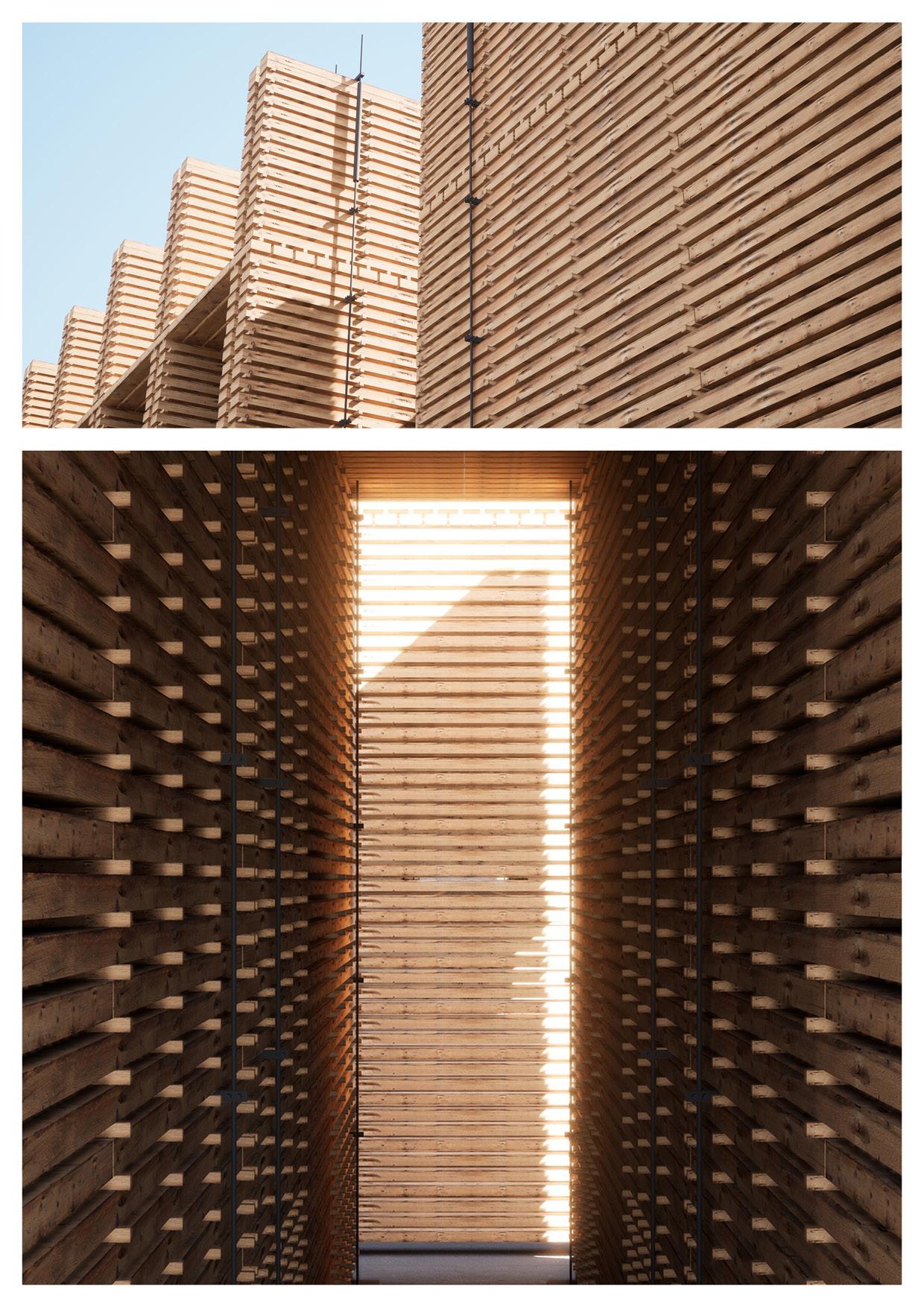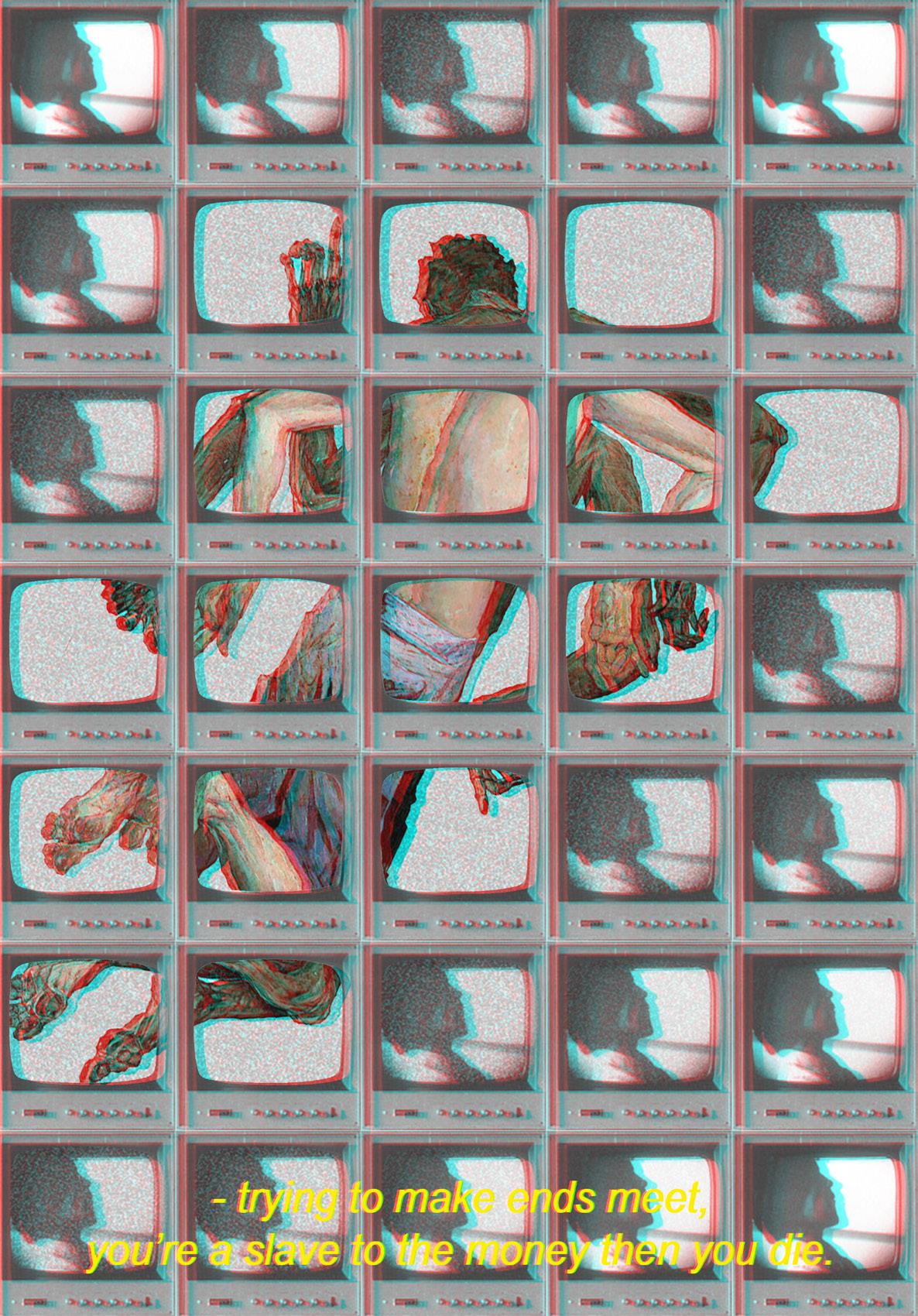
1 minute read
Visible Silence
Virtual (adj.): An unending rainfall of images.
Morning sunlight bouncing off the rough brick work – water slowly dripping on a concrete surface – whistling of an empty residential building – cold metal door knob brushing against your skin.
Advertisement
Over the course of our existence, architecture, on a metaphysical level, has established our existence within the continuity of space and time. Our mental need to grasp our rootedness in the existence has often found ourselves interacting with the proximity of spaces and objects around us. While the act in itself can be seen as engaging in a level of intimacy with our surroundings, it has facilitated sensory experiences that can be remembered by our bodies as much as through our nervous system.
In the past, with the coming of machine age, the use of camera and photography became a medium of exchange of ideas and replication. The meaning of an entity began to diversify, if not mystify (as John Berger quotes in his BBC documentary –Ways of Seeing), with its reach outgrowing amongst people living in different parts of the world.
In an era where mechanical reproduction through images was transcending ideas and interpretations in every direction, the new normal of digital age embedded itself in our lives quite naturally. The Digital Revolution, where production of machines that can think faster than any human being, has constantly outwitted and evolved over its precedents.
The work of architecture that once was unable to transcend in space and time began to move slowly in mechanical reproduction of images during the machine age, but now it travels at the speed of electricity in a much-evolved format of images and videos (moving images). While omnipresent visual images keep on running though our everyday lives, the eye of the beholder now rests on what can be termed as ‘virtual experiences’. This comes at the cost of experiencing the authentic or the tangible world.
While the magic of the real lies in the sensorial experience and remembrance, the following study proposes the experience of real while the ongoing development of virtual world building creates endless but ocular-centric possibilities in experiencing architecture. Peter Zumthor, in Atmospheres, carefully navigates his experience of being in a space through his senses. His thoughtful observations, simple yet poetic, points to a vast number of collective experiences, i.e., atmospheres, body, material, sound, temperature, surrounding objects.
The following images are a quick one-hour exercise of designing each space in Unreal Engine and observe the possibilities of time duration and world experiencing offered by the software. Buildings designed by Peter Zumthor are taken into consideration in order to better understand the experience of the real world.












